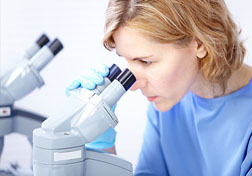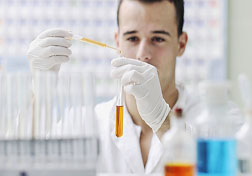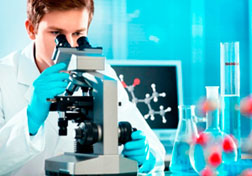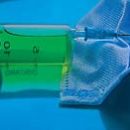Deciphering PCR analysis, which is taken to research, for which and how it is done and what its results are.
Content
PCR analysis and its decoding
PCR (full name — The polymerase chain reaction) is used to identify the pathogens of various infections in the DNA material:

- HIV;
- viral hepatitis of all types;
- infectious mononucleosis;
- cytomegalovirus infection;
- herpes;
- urogenital infections — ureaplasmosis, chlamydia, garardnellosis, mycoplasmosis, trichomonosis;
- tuberculosis;
- Papillomavirus;
- candidiasis;
- Liseriosis and other.
Direction for analysis can be given almost any specialist:
- infectious,
- dermatovenerologist,
- gynecologist,
- urologist,
- phthisiare,
- Gastrolologist,
- Oncologist and others.
Any biological fluid or environment of the body can become a material for PCR:
- Cal,
- urine,
- blood,
- Allocations taken from genitals and urinary tract,
- sputum,
- Spinal fluid,
- Scuffers of the mucous membranes of all available organs and others.
The essence of the method
The material obtained is placed in amplifier — Special reactor, where, under the influence of certain enzymes, a chain reaction of doubling DNA microbial pathogen. As a result, it becomes quite a lot of it, and this amount gives back to decoding by comparing the result obtained with databases.
Decoding results
PCR analysis results can only be two: positive or negative.
The case is considered to be positive when the DNA of the microorganism is found in the material under study, which caused the disease. This is a sign of either acute infection, or a microbe carrier.
PCR analysis practically does not give erroneous results, it is distinguished by incredible accuracy and sensitivity.









